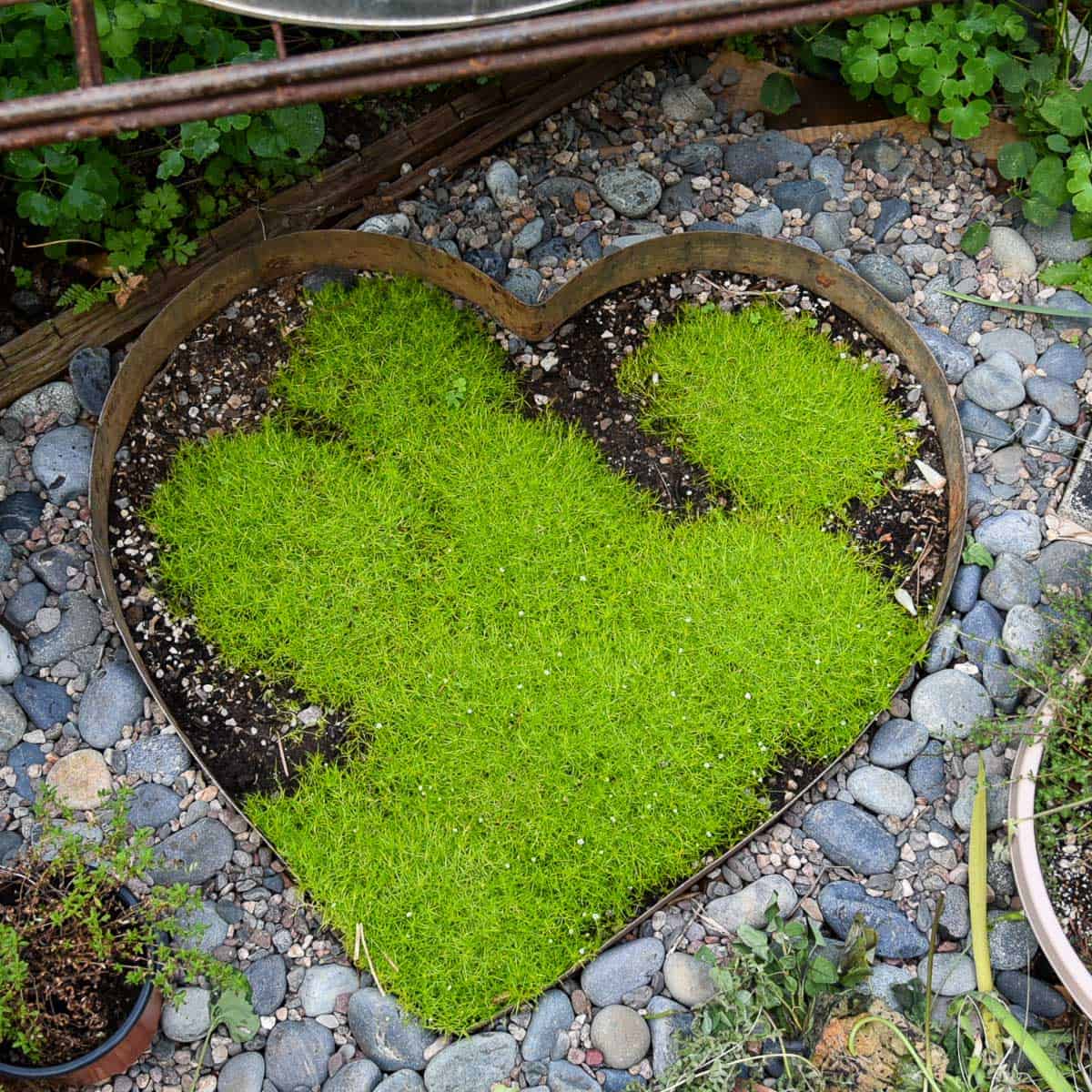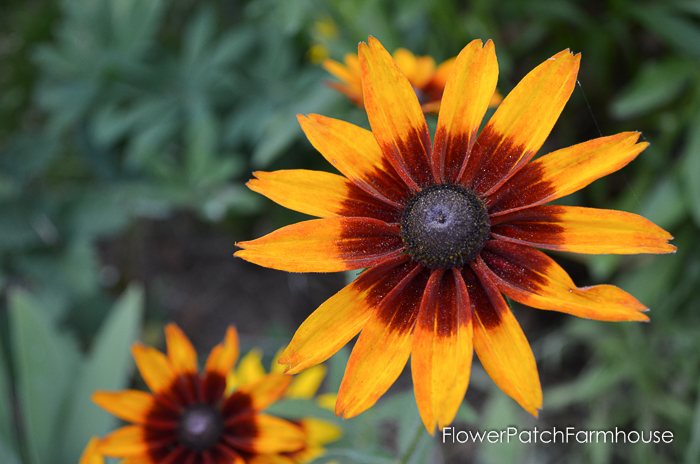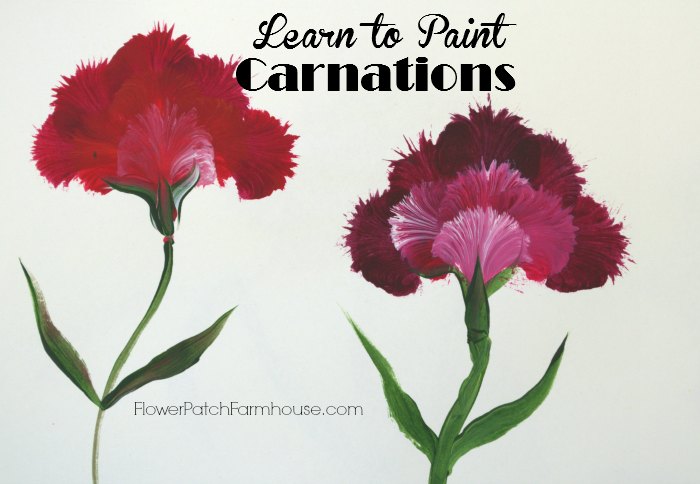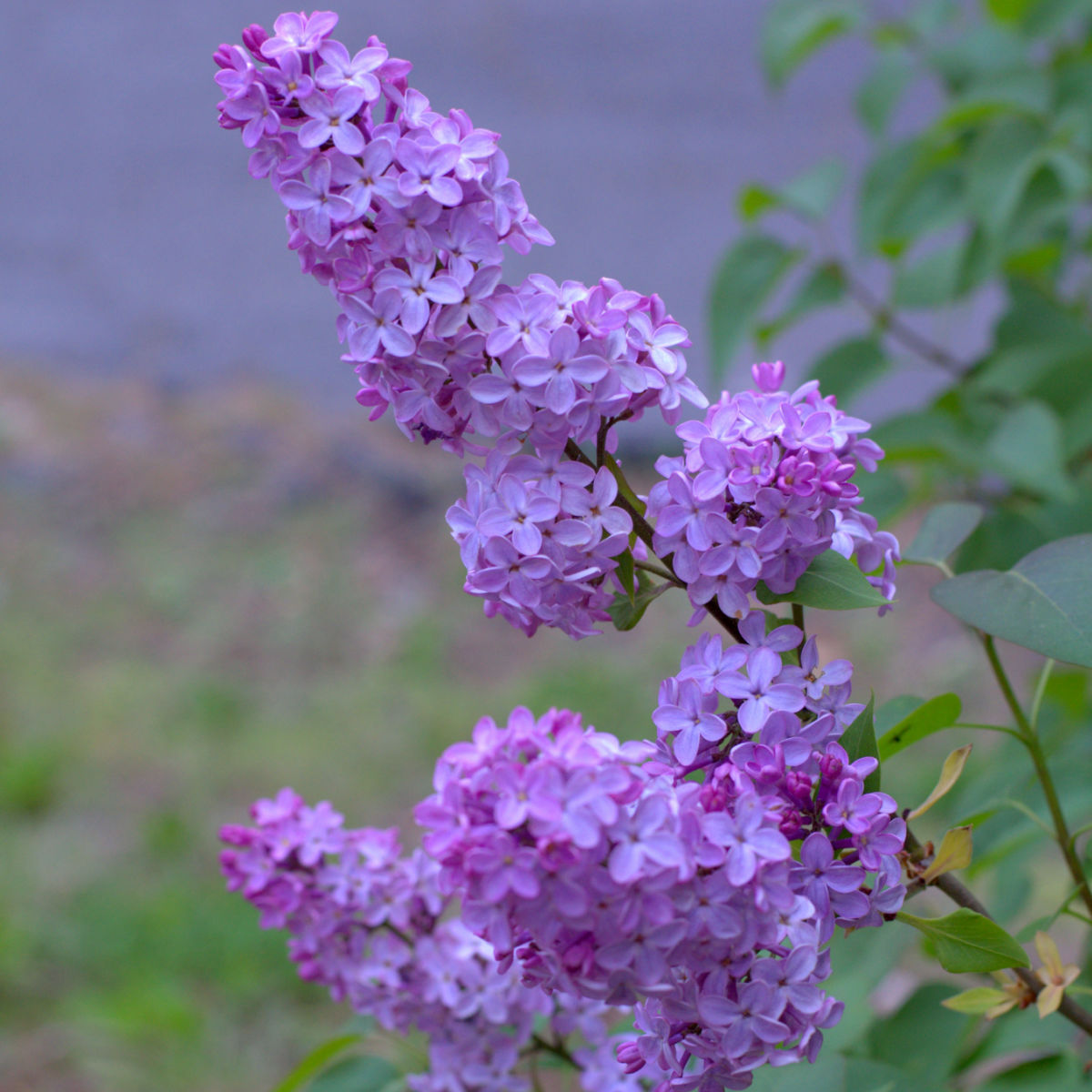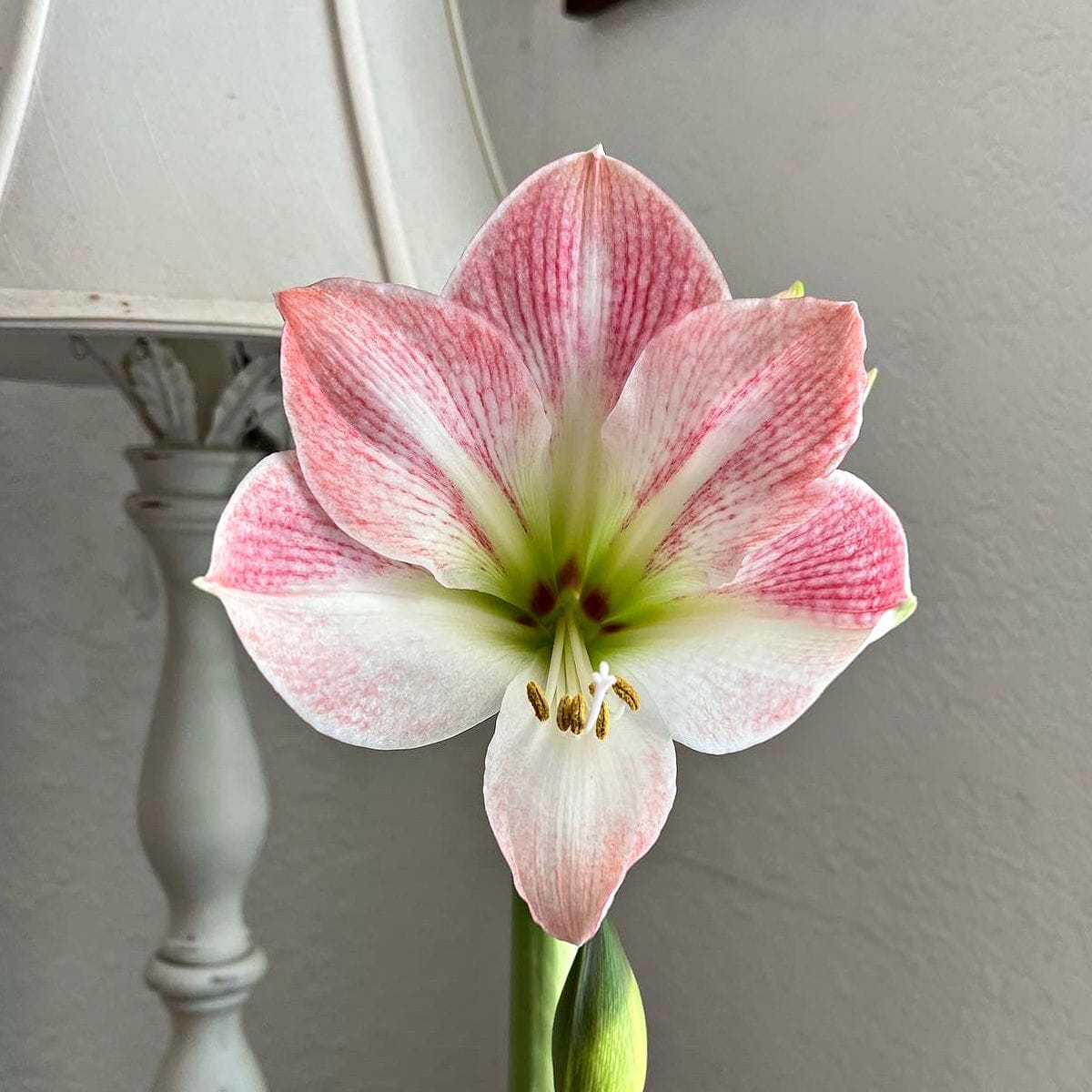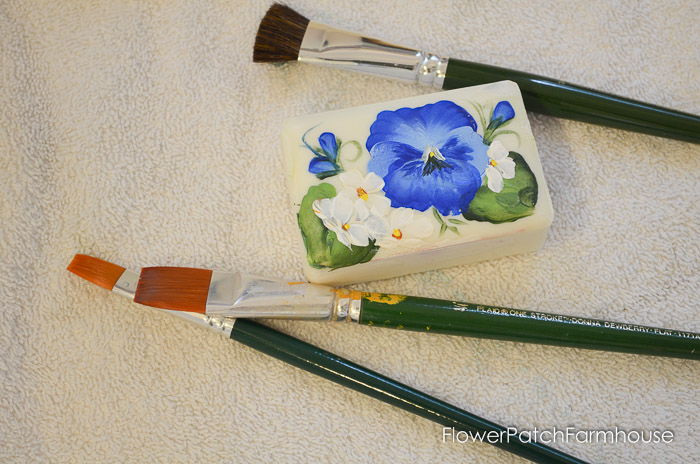Uncovering the Secrets of the Sunflower
From Mythology to Modern-Day Uses
Sunflowers are one of the most recognizable and beloved flowers in the world. They are known for their bright yellow petals, towering height, and distinct appearance.
In this blog post, we will explore a little history and some fun facts about the sunflower.
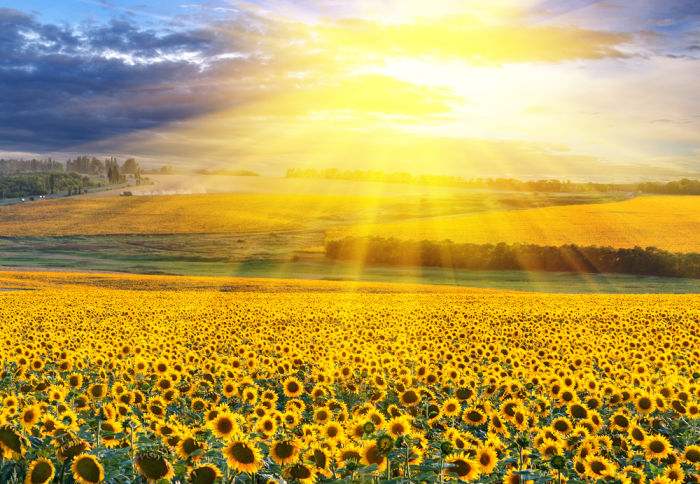
A Little History
Sunflowers are native to North America and were cultivated by indigenous peoples as early as 3000 BCE.
They were used for their seeds, which were ground into flour or pressed for oil, and for medicinal purposes. Sunflowers were also an important source of food for birds and other wildlife.
The scientific name for sunflowers is Helianthus annuus, which translates to “annual sunflower.” This refers to the fact that sunflowers complete their life cycle in one growing season.
A Sunflower can grow to be up to 12 feet tall, with a single stalk and large, flat leaves. The flowers themselves can be as large as 12 inches in diameter and are composed of thousands of tiny individual flowers.
There are loads of hybrids that grow at different heights and in many colors. Hybrid sunflowers are grown for their ornamental value, especially in Cut Flower Gardens.
One of the most distinctive features of sunflowers is their ability to follow the sun.
This phenomenon is known as heliotropism and is the result of the plant’s growth hormones responding to the sun’s movement across the sky.
Young sunflowers face east in the morning and then gradually turn westward throughout the day, following the sun’s path.
So make sure to grow your sunflowers where you can see them throughout the day.
Cultures
Greek Mythology
Sunflowers have played an important role in many cultures throughout history. In ancient Greek mythology, the sunflower was associated with the sun god Apollo.
The water nymph, Clytie, fell madly in love with the Sun God, Apollo. He warmed the earth as he daily drove his golden chariot across the sky.
When Apollo (fool that he was) rejected Clytie’s love, it drove her crazy. (he supposedly dumped her for another)
She went days not eating or drinking as she gazed at the skies and watched for Apollo’s chariot to make his trek.
(some claim Helios- Sun God- and Apollos were never one but we will go with this little version)
After nine days she turned yellow and brown from the suffering and she was turned into a sunflower. (though some claim it was really a marigold) which turns its head to gaze longingly at Apollo’s chariot as it crosses the skies.
Native Americans
In some Native American tribes, sunflowers were used in ceremonial rituals and as a symbol of strength, fertility, and health.
They used sunflowers in many practical ways too. Native Americans used sunflowers to make bread and cakes from crushed, ground seed.
They would mix the meal created from crushing the seeds with vegetables such as corn, beans, and squash. They also would eat cracked seeds as a snack, like we do today.
Sunflower seeds were also a good source of fats for their diets that were comprised largely of lean meats.
Keto enthusiasts may be interested to know the Native Americans also create ‘fat bombs’ with a butter made from sunflower kernels to eat on the go. These were little seed balls much like peanut butter.
Europe
In the 16th century, Spanish explorers brought sunflowers to Europe, where they quickly became popular among gardeners and artists.
Vincent van Gogh famously painted a series of sunflower paintings in the late 1800s, capturing the flower’s bright colors and unique form.
Uses Today
Today, we grow sunflower plants for a variety of uses, including food production, ornamental use, and oil extraction.
I like to use sunflower seeds as a yummy snack, they can be eaten raw or roasted. Have you seen all the flavors they come in now?
But I prefer using avocado oil for cooking as Sunflower oil is widely debated as far as being healthy or not.
Sunflower oil is also used as an ingredient in many beauty and skincare products.
Sunflowers are a beautiful and unique flower with a rich history and cultural significance. Their unique attributes, including their ability to follow the sun, have captivated scientists, artists, and gardeners for centuries.
Whether you’re enjoying a handful of sunflower seeds or admiring a field of towering sunflowers, these cheerful flowers are sure to bring joy and beauty to your life.
